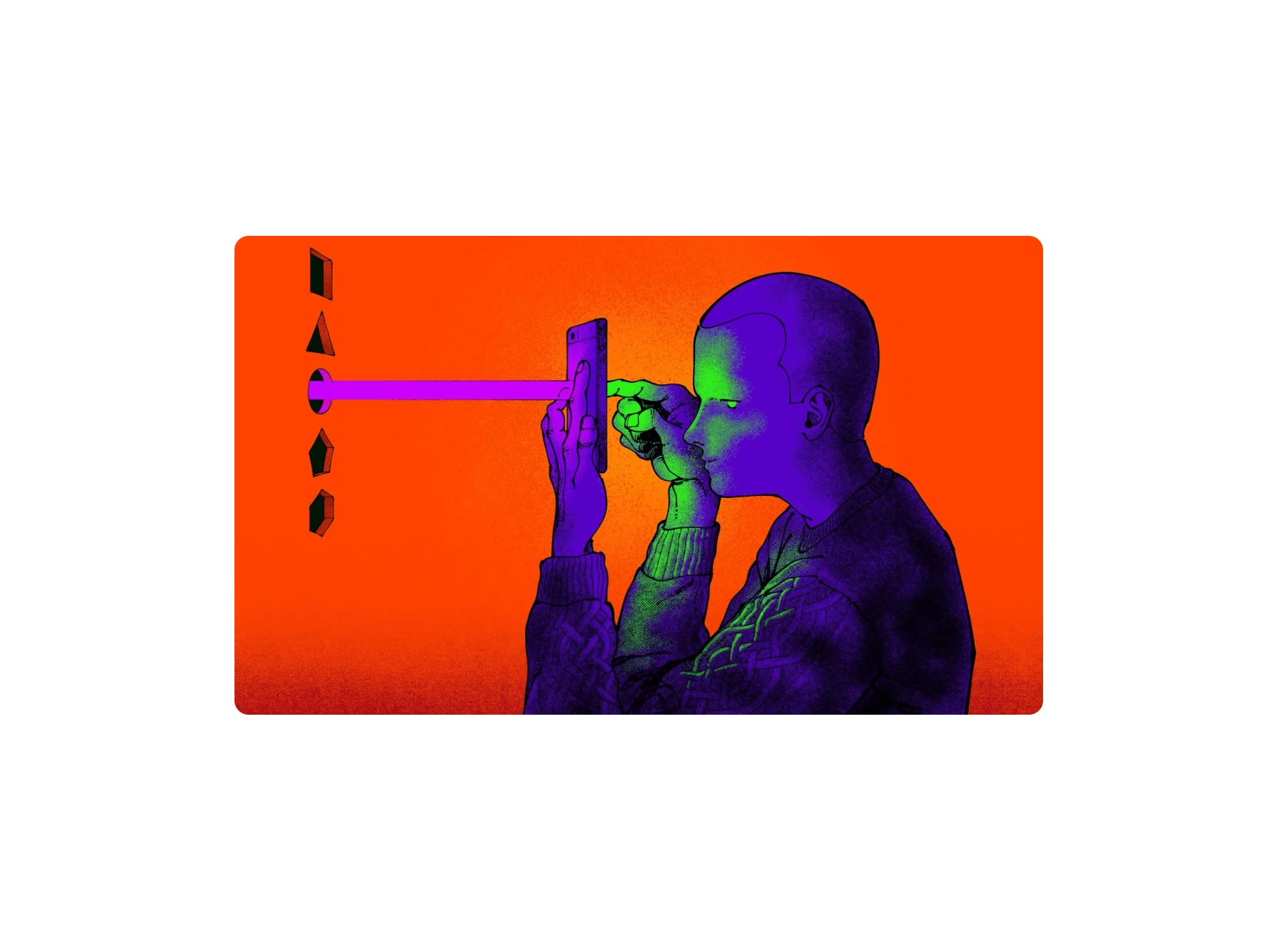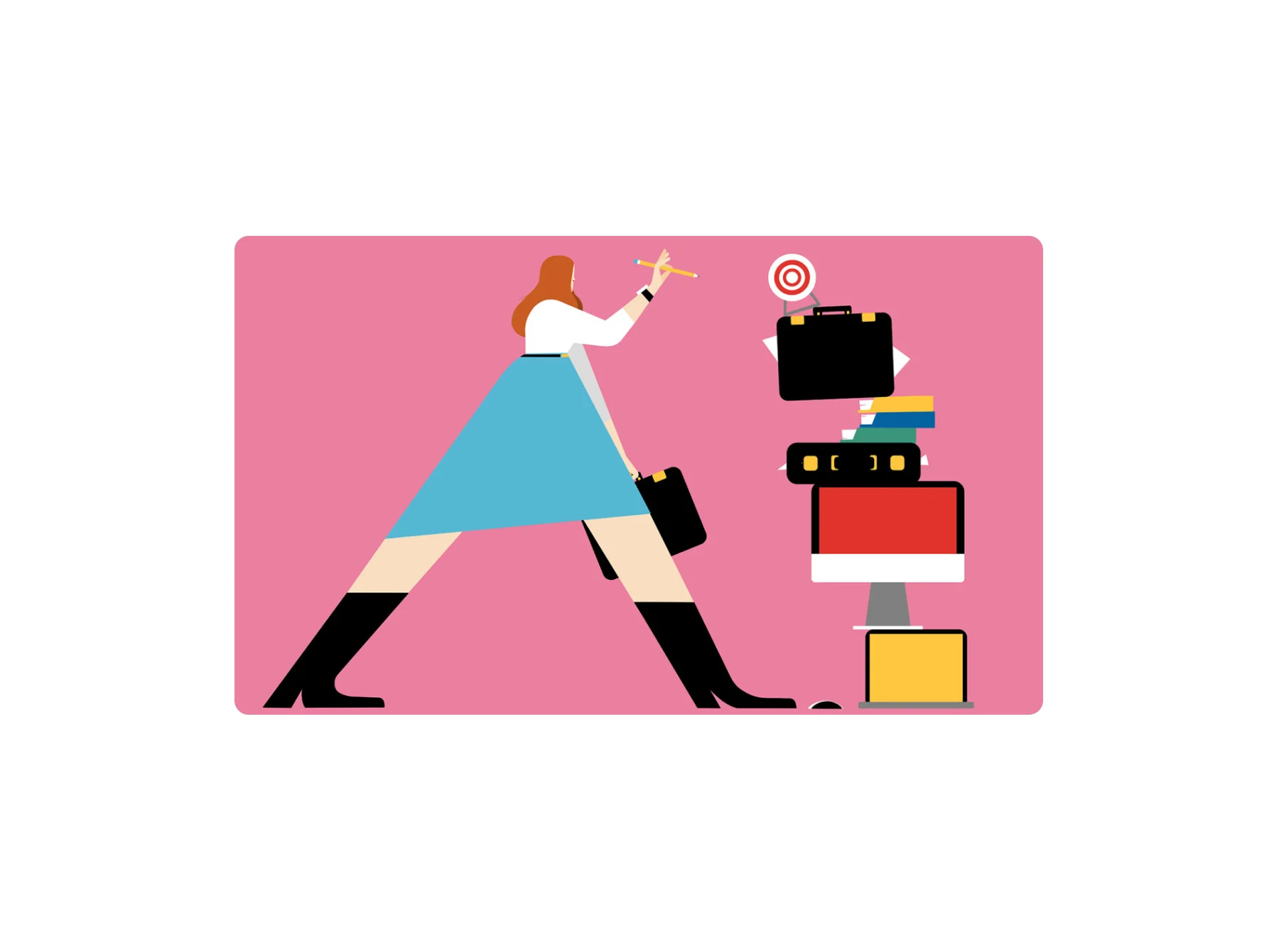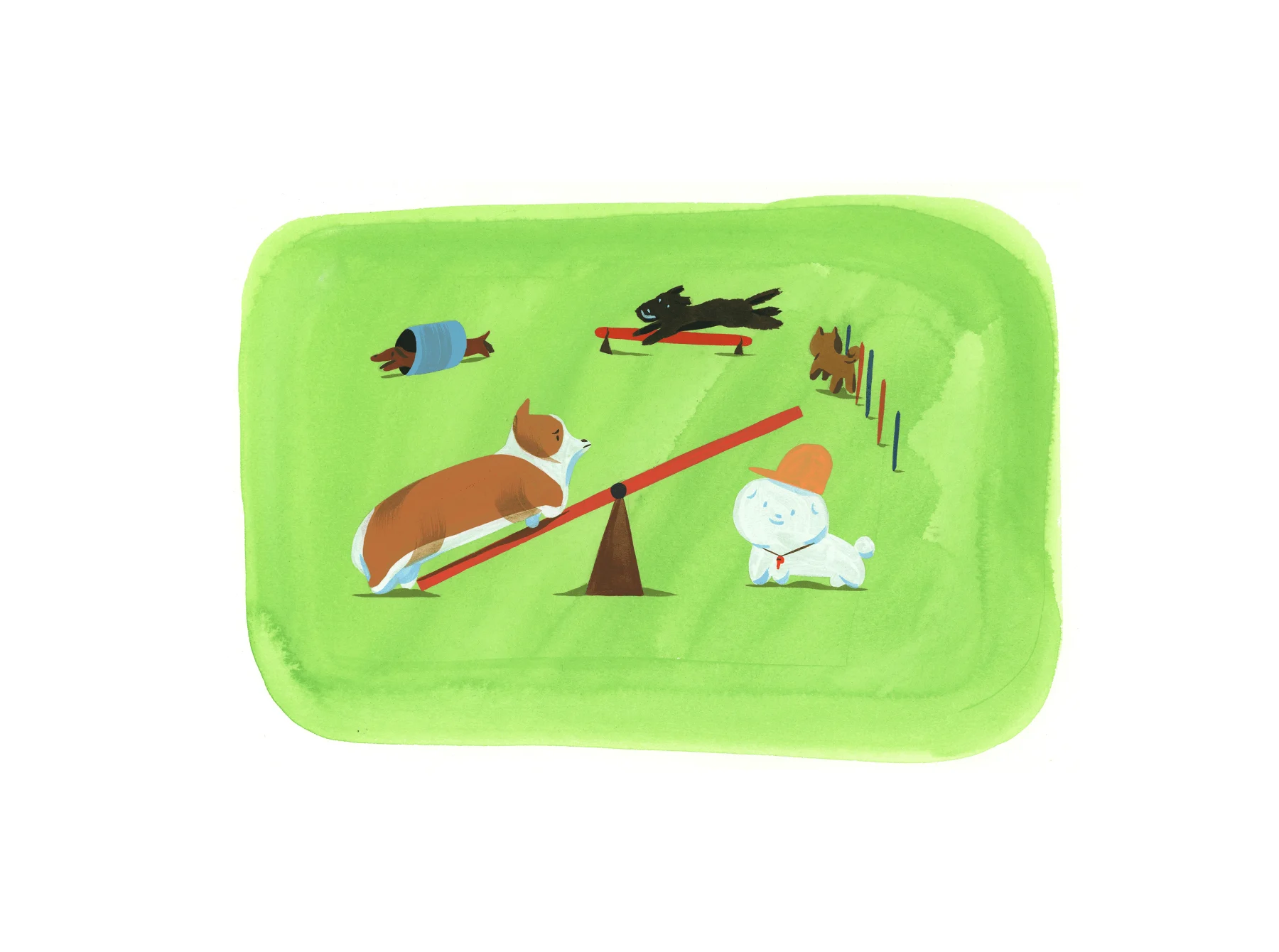
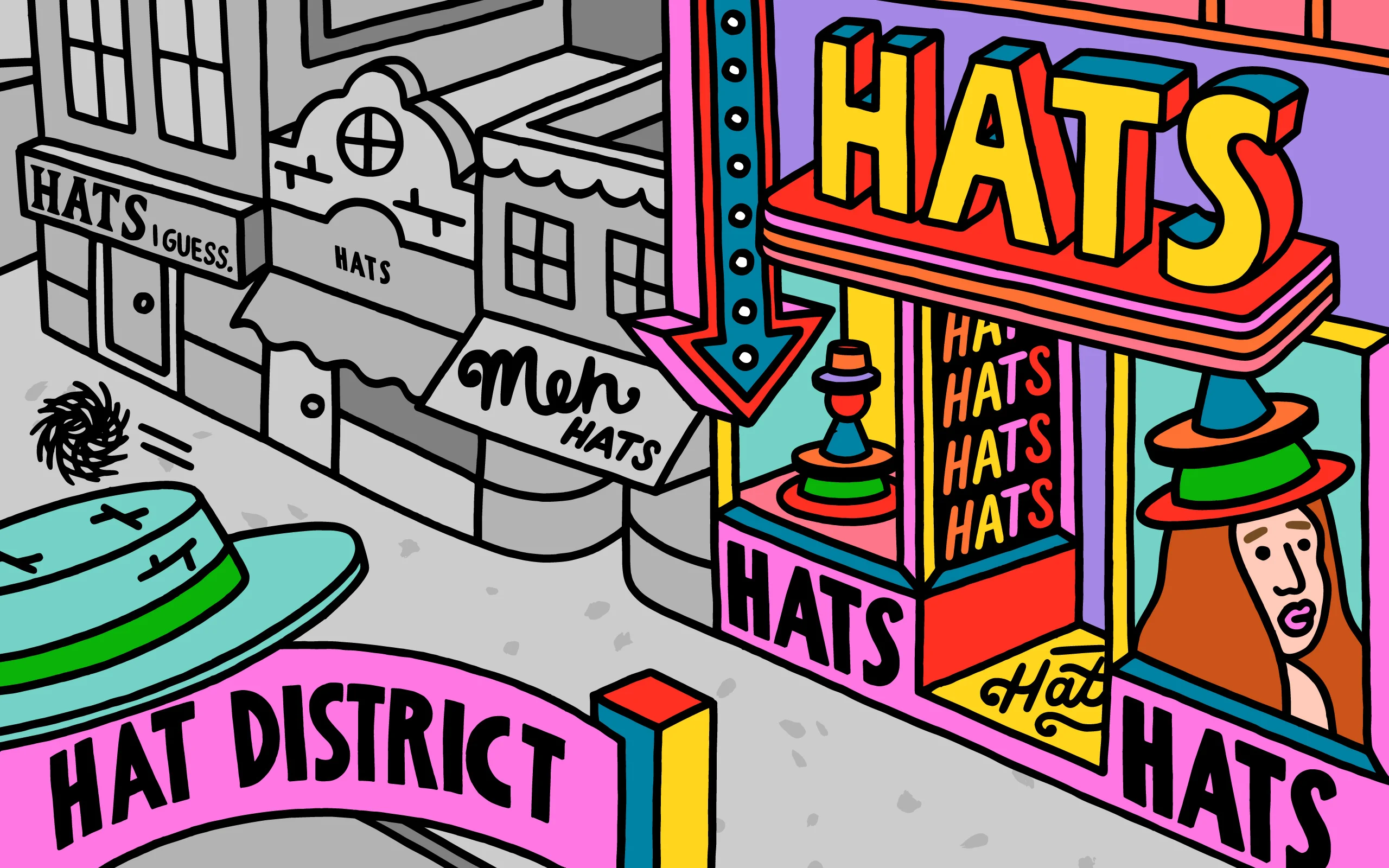

In our practical advice series Stuff They Don't Tell You, James Cartwright offers tips to navigate all those questions that sometimes go unanswered in the creative industry. In partnership with Mailchimp, this specially-commissioned four-part series focuses on what small businesses can do to take their company to the next level.
Illustrations by Kate Prior.
What is a brand? Is it the signage in your shop window, the copy on your website, the warmth of the smile with which you greet customers, the relationships between your employees, the photography in your marketing material, the range of services you offer, the witty patter of your social media channels, the general cut of your jib? It is simultaneously all and none of these things (confusing!), but it is something to which small businesses should give serious consideration.
“You’re going to have a brand whether you think of it that way or not,” says Mark DiCristina, head of brand at Mailchimp and Mailchimp Studios. “Even if you’re not thinking specifically about building a brand, you will have a reputation. Maybe that reputation is pretty small and maybe people don't think about you as being very different to any of your competitors. But, even at the beginning, it’s important to think about what you stand for and what makes you meaningfully different in the market. You need to give your customers something to care about.”

Co-founders and editors of monthly newspaper, The Smudge, Clay Hickson and Liana Jegers don’t concern themselves too seriously with the idea of a “brand,” but they definitely do have core values, and those were defined long before ink met paper in the first issue of their publication. “As a brand, our values have evolved pretty naturally,” they say. “Originally the goal was to provide a platform for people to express their feelings and concerns after the 2016 US presidential elections. Admittedly, we hadn't been very politically active before, but in that moment we felt a responsibility to take action.
“We try to look at big issues like immigration, race, and gender on a smaller, more personal scale––to look to the periphery of the policies and news coverage. The main goal is to expose people to the nuance of real, everyday struggles and evoke some empathy.”
Both editorially and aesthetically, The Smudge brand is well defined and forms a cohesive whole, pulling inspiration from a variety of discordant sources and time periods all bound to the continuum of the counterculture. “Visually, it’s akin to a subtly charming train-wreck,” say Clay and Liana. “The main sources of inspiration design-wise are underground papers from the ‘60s and ‘70s.” While intentionally lo-fi and eclectic, The Smudge stands out in a marketplace saturated with independent titles, many of which offer similar editorial content. Just standing out is half the battle.
There’s always a risk of losing authenticity as you grow.
“Marie Antoinette once said: ‘There is nothing new except what has been forgotten,’” says Simon Beckermann, founder of Depop, a peer-to-peer e-commerce platform that specializes in sustainable fashion. “In my opinion, the more saturated a market is, the more there’s a need for change. Nowadays, authenticity is probably one of the strongest principles which newer generations are looking for. They want smaller brands who have a vision and a purpose that is not tied to money, but to a cause.”
Like “brand,” “authenticity” is a word often bastardized and ill-defined. For Simon, it’s simply being true to a set of core values, “and constantly learning how to convey them to a growing audience and team. Everything we do must always remain focused on our values as a brand in order to know whether we’re doing the right thing.”
To add a further layer of confusion, authenticity alone isn’t sufficient to create a successful brand. “Authenticity is important,” says Mark, “but if you’re authentic and you’re not different then nobody will really care that much. If you’re different but inauthentic then you won’t be credible to people. The magic happens when you can be authentic and true to who you are as a company and at the same time the products or services you deliver really stand out. That’s where the real power of a brand exists.”

In summary: brand = authenticity + difference. But what happens when we add scale to the equation? Scaling a brand can be an easy way to skew the balance between authenticity and difference, undermining a business’ core values and alienating its audience. “There’s always a risk of losing authenticity as you grow,” says Simon. “In order to preserve Depop’s authenticity, we need to continue defining and codifying our values.”
For Clay and Liana, maintaining authenticity means listening to their audience and making sure they don’t grow for growth’s sake. “Growth in the past has been adding an extra sheet of paper and some staples,” they say. “We don’t often consider how to scale up to have employees or sell ads or become a ‘real’ magazine.
“The cover of our first issue had a message on it that feels applicable here: ‘Just gonna do this 'til we figure something else out.’ We would gladly accept piles of cash from a sponsor to cover expenses, but only if they weren't in control of the aesthetics and content because of it. If we were to suddenly try to appease a single donor or sponsor over ourselves and our readers, it wouldn't be the same publication at the end of the day. However, if you're a global media conglomerate and want to buy The Smudge, the current bid is $300 million and there are definitely, for sure, many interested parties.”
If the above equation didn’t clarify the essence and importance of branding for you as it has for me, the following pointers might.
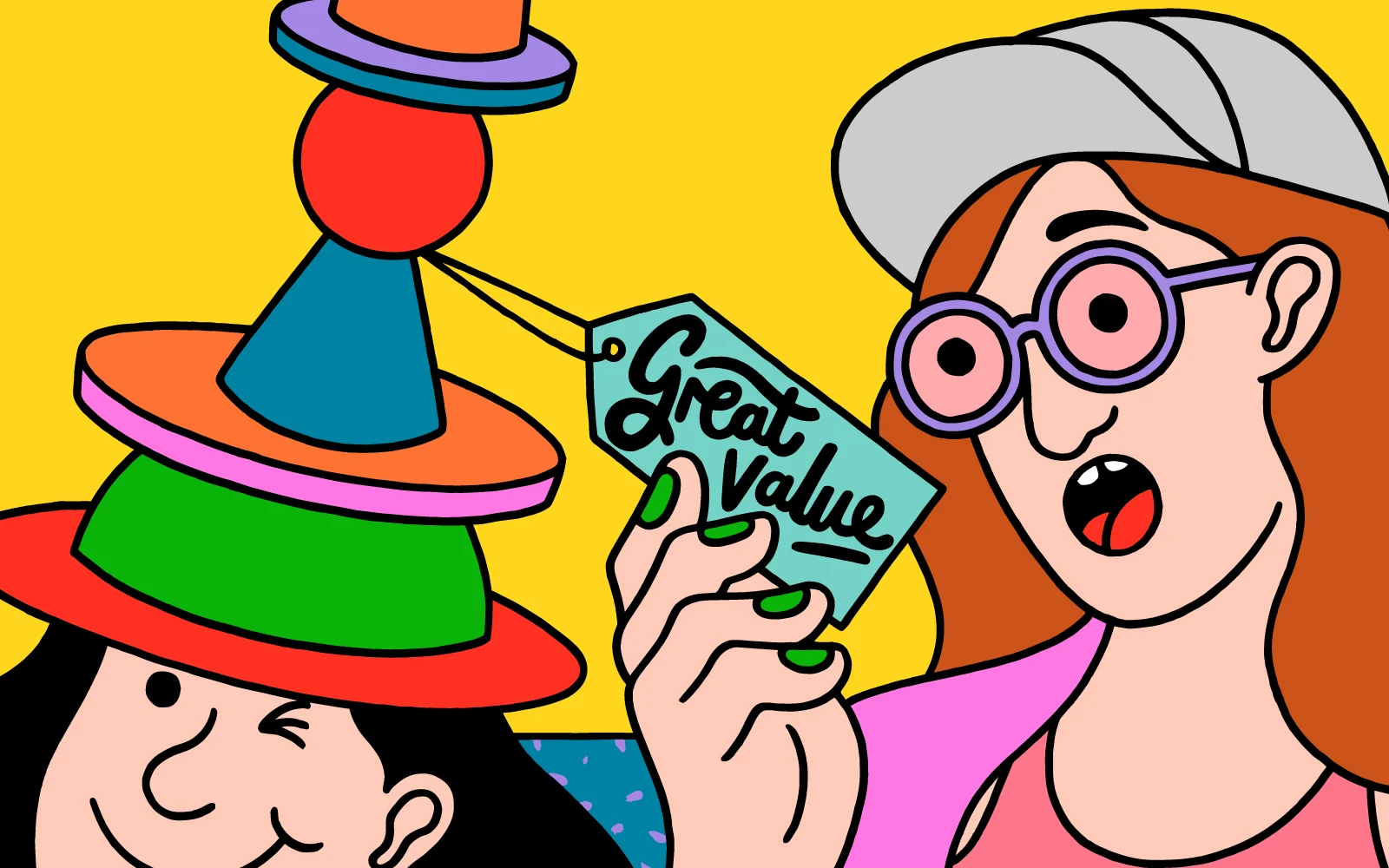
Establish core values
Although Simon didn’t define Depop’s identity and values from the start – instead launching the initial app with minimal visual and editorial details – as the platform has grown, the values have revealed themselves and taken on a very specific form.
“I think of Depop as a rebellious kid who is not satisfied with what’s out there, and always wants to challenge itself to find what’s interesting and exciting,” he says. “Someone who has the need to express themselves in a more individual way and who doesn’t want to conform but rather be unique. Our community is our brand. And they are diverse, inclusive, accessible and creative.”
Just about every business has a reason for being.
Find a point of difference
“We have always been a brand that has really intentionally tried to stand out from our competitors,” says Mark. “We’ve tried to create a much more human experience and to serve as an example for smaller businesses about how you can grow and be successful in business and stay true to who you are.”
Don’t overcomplicate it
Core values and authenticity can sound like lofty words if you’re a company selling art prints or specialising in vintage jeans. But a brand’s values needn’t be complicated or tied up with some higher purpose.
“Just about every business has a reason for being,” says Mark. “Even if you don’t have a compelling business story to tell there are still some basic ways you can define your business in the market. It might be product excellence: ‘We want to make the best version of this,’ or it might be about being an operational leader: ‘We can deliver the best value,’ or it could just be about offering the best service around. If you can establish just one of those values then you can build your brand story around that.”
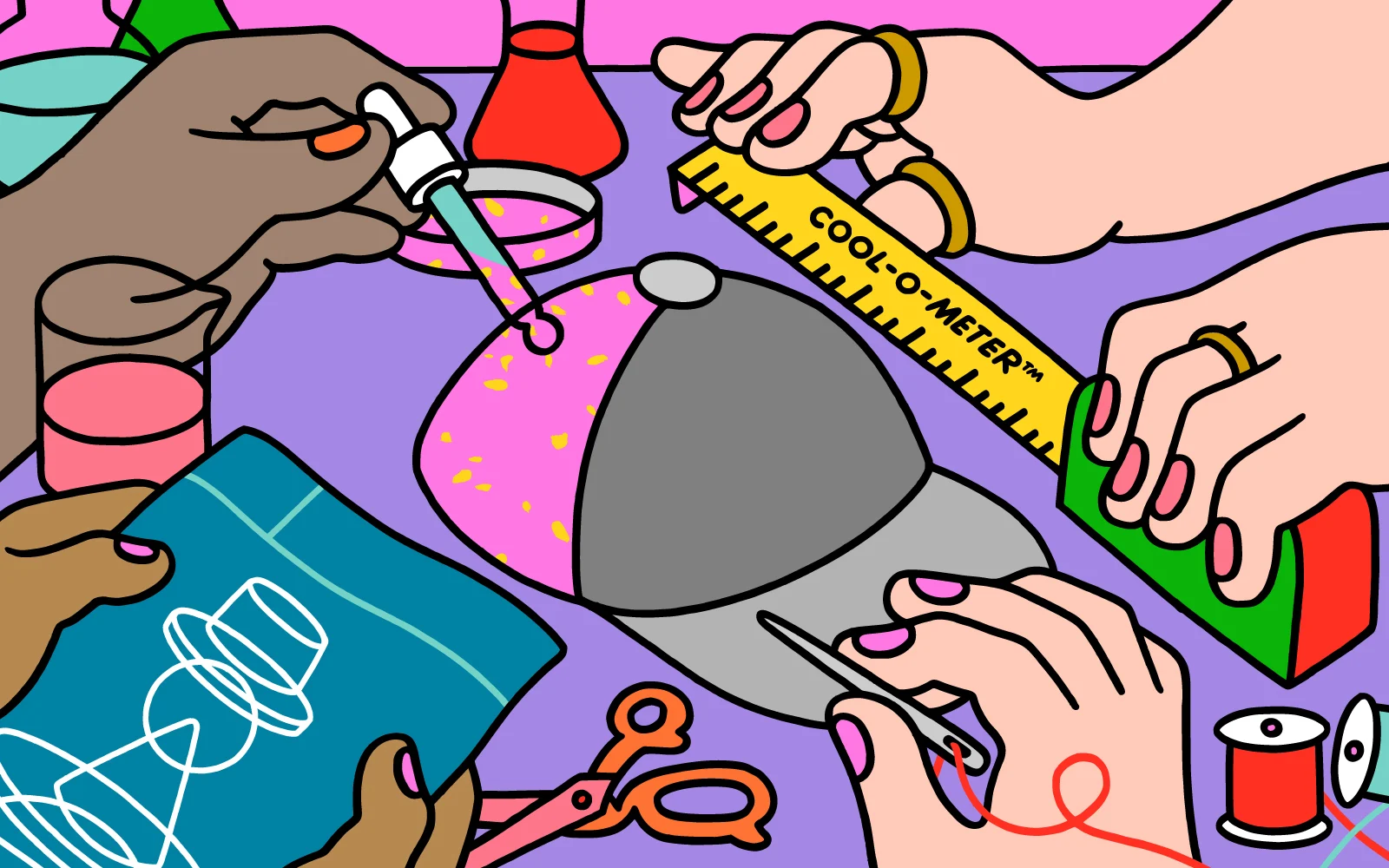
Embrace change
Being authentic and true to your brand doesn’t always mean staying the same. There’s a danger that failing to evolve will prevent you from staying relevant – or worse, that a competitor will come along who does what you do better. “It can be tempting to just stick with the things that are working today,” says Mark. “I think in order to keep growing you can't keep going back to the same well and expect there to be water, you have to be willing to continue to take risks to continue to grow.”
Embracing change can be valuable even if growth isn’t your objective. “Setting the stakes low means we have more freedom to explore our own aesthetics,” say Clay and Liana. “We've done issues where all the text was written by hand or on a typewriter, a ‘Medieval’ issue where it was all in Olde English, and another entirely in Spanish. When was the last time a national or global magazine was able to throw a curveball at their audience like that and not upset thousands of readers and all the members of the board?”
Enlist some experts
Growing your business likely means moving your thinking in different directions and appealing to audiences you may not even have conceived of before. In those circumstances, a little expert help could make all the difference.
“As we became bigger, we started to codify our identity more and more, and at a certain point we brought in a studio called Designstudio, who were fantastic and really helped us define and refine every aspect of our brand,” says Simon. “Having had the experience with them I now recommend any company to do that as a first thing. It was so important for us.”
WePresent and Mailchimp have partnered to support creatives in business. This series of Stuff They Don’t Tell You focuses on how creative companies and individuals can define their brand and scale up their business.



